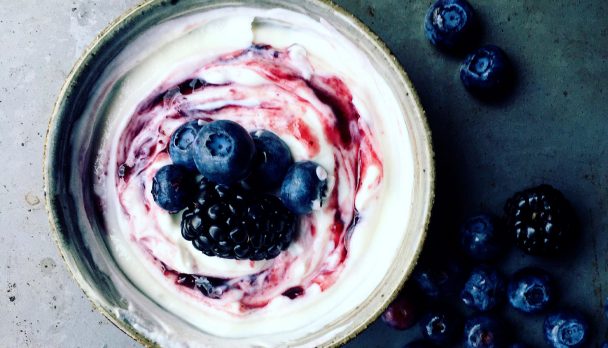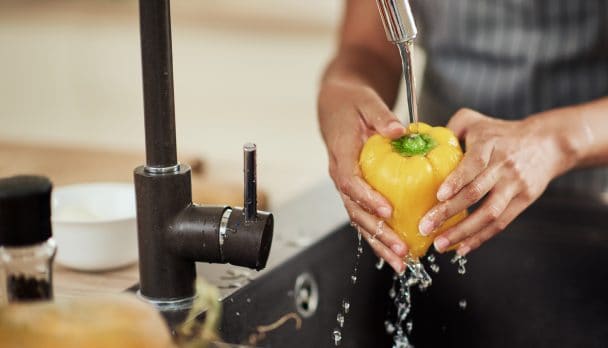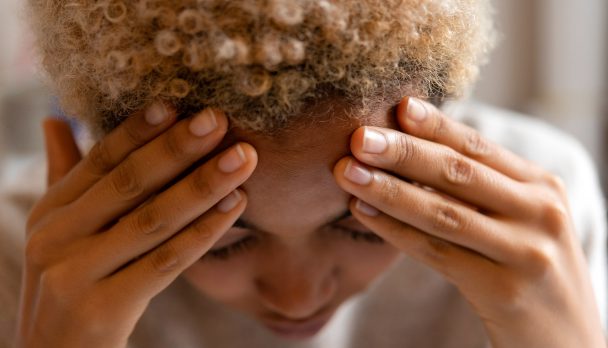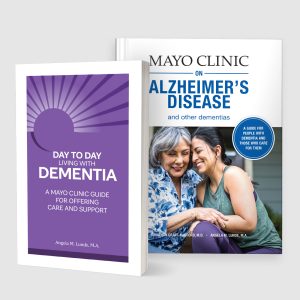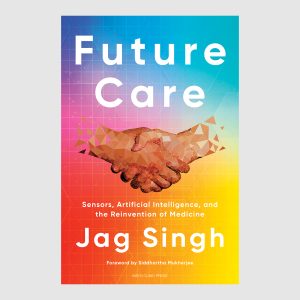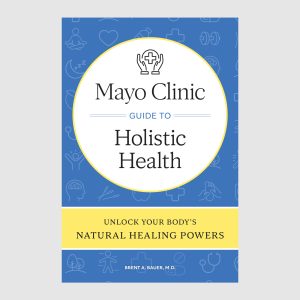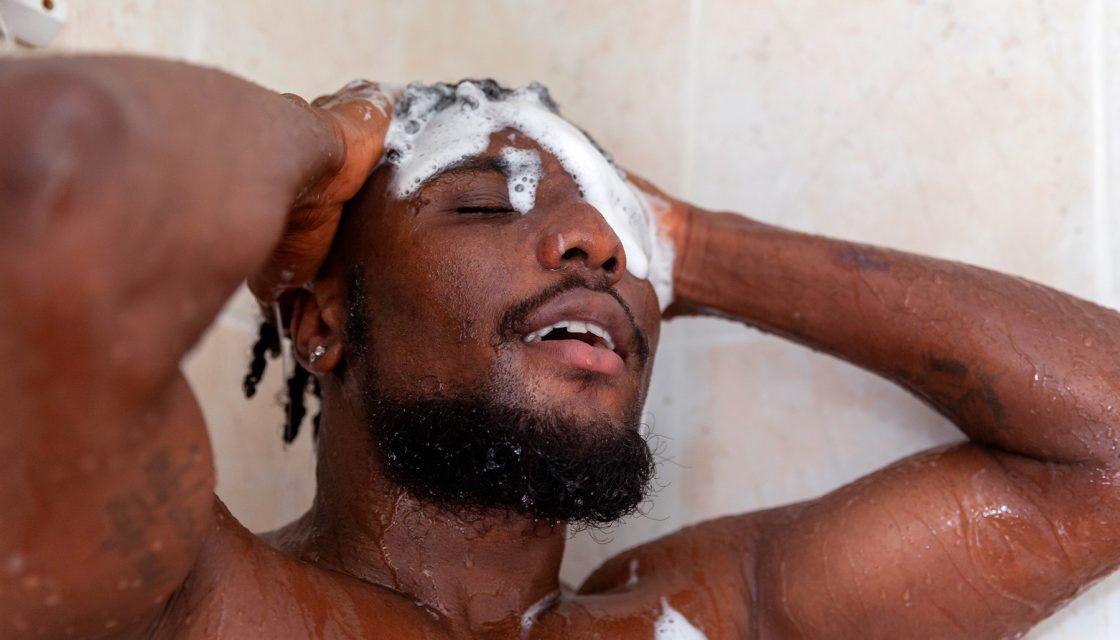
Unlike washing your hands — something we all do to minimize our exposure to dirt and germs — keeping your hair clean and healthy isn‘t just a matter of utility. For most people, hair care is about confidence and self-expression just as much as it’s about hygiene.
But all shampoos aren’t made equal, so it’s important to understand the ingredients in your cosmetics and choose the products that are good for you and your hair.
Many shampoos often have the same basic ingredients to wash the scalp and hair, according to Dawn Marie R. Davis, M.D., a Mayo Clinic dermatologist. However, other ingredients can vary widely across brands and the types of shampoo, including shampoo for dry or oily hair, cleansers for curly hair, and more.
Understanding these ingredients — and knowing what to look for or avoid — can help you make an informed decision about the products you use.
Shampoo ingredients to avoid
There are certain common ingredients used in shampoo and other common beauty and hygiene products you may want to consider avoiding.
Be aware that more-expensive products don’t automatically mean higher quality ingredients — and don’t let smart packaging design on the front of the bottle fool you, either. Products advertised as natural, organic, or even hypoallergenic may contain ingredients that are potentially harmful to your health or simply not good for your hair, scalp or the environment.
If you see the following ingredients on a label, you may want to opt for a different shampoo:
- Sodium laureth sulfate or SLS. Often referred to simply as “sulfates,” Dr. Davis says SLS is a common detergent and cleansing agent in many personal care products. This ingredient provides the sudsy, foamy quality that many people expect from their shampoo. However, Dr. Davis says SLS can cause skin and eye irritation, especially in those with sensitive skin. Even for those who tolerate SLS in their products, sulfates can be harsh on your hair, stripping strands of their natural oils and often leading to drier, frizzier and more fragile hair over time.
- Parabens. These are a group of chemicals used as a preservative in many cosmetics. Common paraben chemicals include methylparaben, propylparaben, butylparaben and ethylparaben. Research has linked paraben exposure to a number of health risks including skin and breast cancer, reproductive issues, endocrine disruption, neurotoxicity, and hormonal imbalance.Although the Food and Drug Administration (FDA) does not regulate the majority of ingredients sold in cosmetic products, the European Union has banned the use of certain parabens in cosmetic products since 2014.
- Forever chemicals. Found in thousands of everyday items including shampoo, makeup, clothes, plastic product packaging and cookware, forever chemicals pose serious health risks. As the name implies, forever chemicals break down very, very slowly — if at all — and can impact heart health and cholesterol, suppress the immune system, increase the risk of kidney and testicular cancers, and may contribute to complications during pregnancy. Look for ingredients called perfluoroalkyl and polyfluoroalkyl (PFAs) in all your cosmetic items — and avoid them.
- Triclosan. Research has linked the antibacterial agent triclosan to hormone disruption as well as the occurrence of bacteria-resistant bugs. Although the FDA banned the use of triclosan in antibacterial soaps and hand washes, this ingredient is still being used in shampoos and other products such as toothpaste, lotions and deodorant.
Shampoo ingredients to look for
What makes for a good shampoo depends largely on the person, their hair texture and the condition of their scalp, says Dr. Davis. However, you may consider shampoos that incorporate hydrating, plant-based ingredients such as shea butter, Argan oil or coconut-derived ingredients to help lock in moisture and nourish the hair — all while providing a more gentle cleanse. “Many people prefer shampoos with oil to help prevent frizz and decrease tangles,” Dr. Davis adds.
Some people choose to cleanse their hair with basic, single-ingredient or limited-ingredients options as well. For example, baking soda mixed with water or diluted apple cider vinegar can be used to more gently cleanse the hair and scalp — these methods are often referred to as “no-poo” and were popularized by Black women and women of color with textured hair types. Although these options will clean the hair, no-poo options won’t get sudsy, which can be a pro or con depending on your preference. Regardless, apple cider vinegar in particular can be a great, low-cost option as it not only cleanses the scalp and hair effectively, but it also can condition at the same time. Finally, apple cider vinegar has natural anti-fungal properties, making it a good option for those with dandruff.
Finally, there are a number of shampoo options for people with scalp conditions, says Dr. Davis. “I recommend ketoconazole for dandruff. Salicylic acid and coal tar are also effective options for skin issues, including seborrheic dermatitis, eczema and psoriasis.”
Keep it simple with your shampoo
Though it can be overwhelming with so many different ingredients and so many products to choose from, remember to keep it simple. Read over the labels, know the ingredients you want to keep an eye out for, and embrace a bit of trial and error as you find out what works best for you and your budget.
If you have certain scalp or hair conditions — or simply need some guidance on which products would be a good fit — Dr. Davis recommends going over your options with a dermatologist.
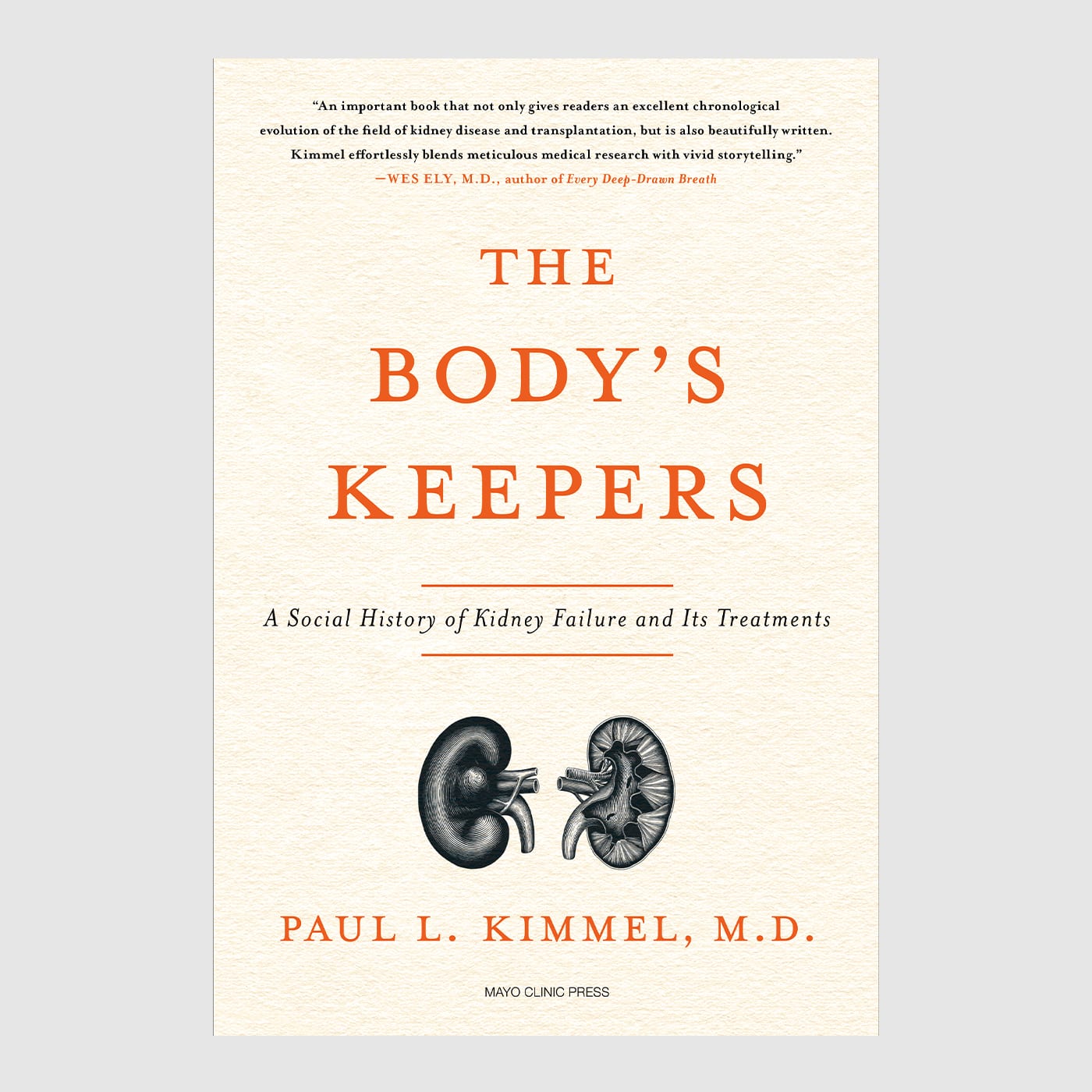
Relevant reading
The Body's Keepers
Renowned nephrologist Dr. Paul Kimmel takes us on an eye-opening journey through the history of kidney disease, dialysis, and transplantation. Drawing on both his extensive research and decades of experience in the field, he explains the development of treatments, technologies, and medical practices that have advanced the care of patients with kidney disease.



